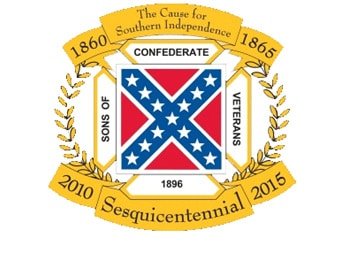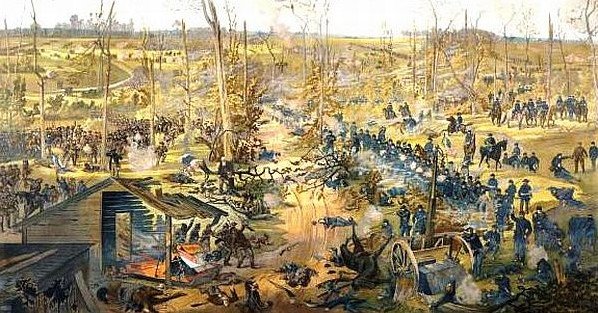
He Fought for the Grey and the Blue – Can you Guess Who?
Hint – “Dr. Livingston I Presume.”
… by Jim W. Dean, VT Editor … featuring Gregg Clemmer
[Editors Note: The casualties at Shiloh exceeded those of all of previous American wars combined.]
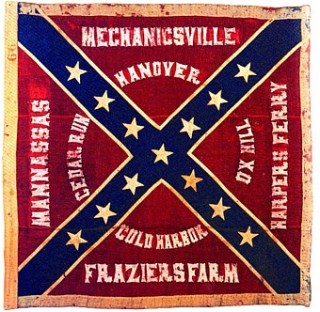
The Sesquicentennial march reached Shiloh this week.
Historian Gregg Clemmer has pulled a rabbit out of the hat story that instantly became my next VT Sesqui feature…with an ‘Into Africa’ twist.
One has to dig deep for uplifting things that come out of a war. The fickle finger of fate deals off the bottom of the deck to many who suffer lonely graves in far off places.
But those who survive unmaimed in body and mind, having been forged under fire, can find their lives taking twists and turns which could never have happened without ‘the war’.
There are a myriad of examples. Custer went on to die with his command at the Little Big Horn. Grant became President and Robert E. Lee ended up fittingly at Washington and Lee.
Ten thousand Confederates went to Brazil, partaking land grants offered by the king. They intermarried and the Confederado colony still survives today, with the kids being taught the Virginia Reel on Grand Ball night.
[youtube jWOcLh03d6c]
And of course there is the long line of famous military men who were descendents of Confederate Soldiers and officers. The South has given more of her sons to the military than any other section before WWII.
Holocaust denial, which seems to be interpreted to fit the occasion, is a crime in some countries. But ancestor denial seems to be an American specialty.
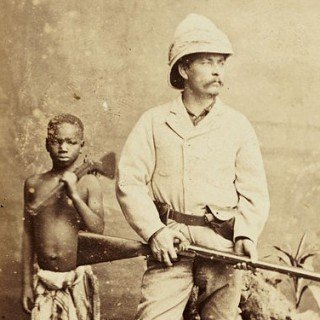
This even takes place with our military, where although the flags of the Soviet Union/Russia, Japan and Germany are respectfully displayed, the Confederate Battle Flag is deemed politically incorrect, even on bases named after famous Confederates.
Active duty service men and women perform honor guard and troop review duty who had WWII ancestors killed by these countries. And yet they suffer the indignity of their Confederate ancestors flag being banned on most all bases.
Mind you that being a flag bearer during The War was an honor, and a virtual death sentence in any serious battle.
On a bad day, up to six to seven men, the best, died carrying the colors as it was customary to always try to shoot them first to create confusion in the enemy ranks.
We will be bringing you more of these individual stories as the Sesquicentennial rolls on.
The Shiloh re-enactment was last weekend, but here is a good 720p HD trailer for it. Thanks to the new and more and more affordable technology, we are able to produce film quality material on these events, which is fitting for all the manpower and effort it takes to put them on. Click to watch full screen. It’s great quality.
And a word to the wise, if you ever want to see some major reenactment battles this Sesqui period is the time as the event people are putting forward a once in a lifetime effort. If you have kids they will remember it forever. And as so many folks have good digital cameras these days, and video cameras, you can get some fabulous footage for your own family archive.
[youtube qWXsw4eEuVg]
But today Gregg Clemmer, a Civil War historian and author from Maryland, has a wonderful Henry Morton Stanley story for us that I had not heard of before. I found most astonishing that his big claim to world wide fame came only six years after the War.
This is a keeper, folks. Come time travel with us on the history highway, where a confused and scared green soldier goes from being a PoW to one of the world’s famous explorer journalist in a period of seven to eight years. Jim Dean
_______ ****** _______
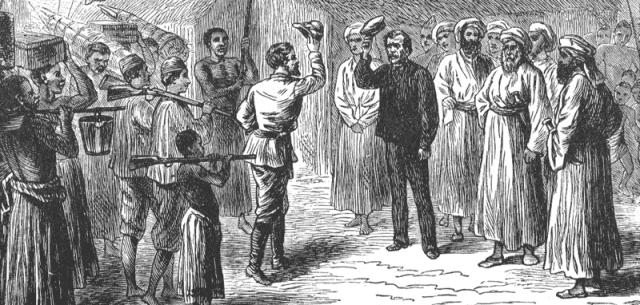
A Shiloh Confederate You May not Know
… by Gregg Clemmer DC Civil War Heritage Examiner
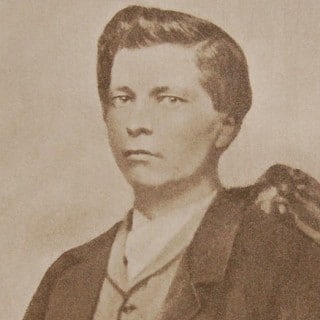
The 150th anniversary of America’s bloodiest battle—up to that time—is being commemorated at Shiloh National Military Park all this week.
In addition to two huge re-enactments outside the park, the National Park Service is hosting not only ranger-led battlefield hikes, interpretative programs, and car caravan tours, but the film premier of Shiloh-Fiery Trial and a free concert at the Shiloh Visitor Center by acclaimed Civil War composer and musician Bobby Horton on the evening of April 6.
Yet perhaps the commemoration’s most poignant moment will be the Grand Illumination at dusk on April 7, when 23,746 luminaries are placed throughout the park to remind all visitors of the devastating human loss suffered by America, North and South.
Many students of the war know Shiloh is where the South lost one of its most highly regarded generals, Albert Sidney Johnston.
Shiloh is where composer Will S. Hays, a correspondent with the Louisville Democrat, was inspired to compose “The Drummer Boy of Shiloh,” which turned Johnny Clem into a household name and spurred Samuel J. Muscroft to write a play under the same name in 1870, which contemporary accounts say was second in popularity only to “Uncle Tom’s Cabin.”
Yet one of the truly forgotten participants, indeed a Confederate who became a casualty himself, authored the following passage, vividly describing the shock of his going into battle for the first time:
I tried hard to see some living thing to shoot at, but it appeared absurd to be blazing away at shadows. But, still advancing, firing as we moved, I, at last, saw a row of little globes of pearly smoke streaked with crimson, breaking-out, with sportive quickness, from a long line of bluey figures in front.
And simultaneously, there broke upon our ears an appalling crash of sound, the series of fusillades following one another with startling suddenness, which suggested to my somewhat moidered sense a mountain upheaved, with huge rocks tumbling and thundering down a slope, and the echoes rumbling and receding through space.
Again and again, these loud and quick explosions were repeated, seemingly with increased violence, until they rose to the highest pitch of fury, and in unbroken continuity. All the world seemed involved in one tremendous ruin!
[youtube CGcXqszdHSY]
This private in the “Dixie Grays,” Company E, 6th Arkansas Regiment, would be captured the next day. Fearful of the prisoner of war camps, he signed on as a galvanized Yankee when he got to Harper’s Ferry in June, his tour in infantry blue lasting just 18 days when the Union army discharged him after he came down with a severe case of dysentery.
Subsequent service on several merchant ships ultimately led to his enlistment in the United States Navy where he was assigned to the USS Minnesota as a record keeper.
And when the war ended, he probably was the only individual who could claim to have served in the Confederate Army, Union Army, and Union Navy.
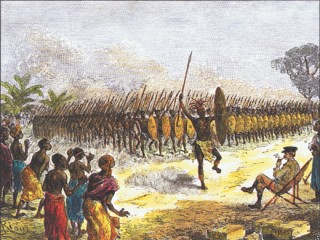
Yet the world would not know of Private Henry Morton Stanley from the bloody fields of western Tennessee’s Pittsburg Landing, but instead from a quest he made into the depths of the African “dark continent” six years after Appomattox.
His expedition which required some 200 porters, battled tsetse flies, malaria, and sleeping sickness through 700 miles of tropical jungle over six months before arriving in Ujiji, near Lake Tanganyika in present-day Tanzania. Then, as he described events that tenth day November, 1871,
Gregg welcomes your comments and questions and hopes you’ll become a regular subscriber. Just click the link at top to receive his articles online when they are published. [email protected]
[Editors Note: As a reward for having read this all the way through here is the link to Dr. Livingstone’s 1871 diary recently found and digitized using current technology which defeated the aged newspaper that it was written on, and the African berry ink which had faded to the point of being unreadable. This is a treasure. We thank UCLA, and we thank our readers…Jim W. Dean] From Wikipedia:
David Livingstone died in that area in Chief Chitambo’s village at Ilala southeast of Lake Bangweulu in present-day Zambia on 1 May 1873 from malaria and internal bleeding caused by dysentery. He took his final breaths while kneeling in prayer at his bedside. (His journal indicates that the date of his death would have been 1 May, but his attendants noted the date as 4 May, which they carved on a tree and later reported; this is the date on his grave.)
Britain wanted the body to give it a proper ceremony, but the tribe would not give his body to them. Finally they relented, but cut the heart out and put a note on the body that said, “You can have his body, but his heart belongs in Africa!”.[19] Livingstone’s heart was buried under a Mvula tree near the spot where he died, now the site of the Livingstone Memorial.
His body together with his journal was carried over a thousand miles by his loyal attendants Chuma and Susi to the coast to Bagamoyo, and was returned to Britain for burial. After lying in repose at No.1 Savile Row—then the headquarters of the Royal Geographical Society, now the home of bespoke tailors Gieves & Hawkes— his remaining remains were interred at Westminster Abbey.[4][20]
And here is another historical gem, Dr. Livingstone’s first diary mention of Stanley’s approaching. This is as close as you can get to being there folks. Save the link. I bumped into it while image searching. Sometimes the angels smile upon you.

![SCV_logo[1]](https://www.veteranstodayarchives.com/wp-content/uploads/2012/04/logo1.gif) If you have Confederate direct line ancestors you are eligible for membership in the Sons of Confederate Veterans, which took over from the United Confederate Veterans in their waning days. They are referred to in the South, as The Sons, for short.
If you have Confederate direct line ancestors you are eligible for membership in the Sons of Confederate Veterans, which took over from the United Confederate Veterans in their waning days. They are referred to in the South, as The Sons, for short.
The Confederate Roster is digitally databased now for easy searching, as are a lot of the genealogical records. And there are helping hands to advise on how best to hunt yours down if you don’t know their names but have some family ‘verbal history’.
Many of us have crossed over the river before you. I knew nothing really about mine until I was 46, quite an embarrassment I can assure you…finding 18 in just the Culpepper branch of the family alone. I learned that the home front was basically all women and kids as virtually all the men and teen boys had gone off.
DNA testing is coming on stream now. And we even have members locating descendents of those that fought with their great great grandfathers. So click on the link and discover your ancestors. Tell them Jim Dean sent you. 🙂
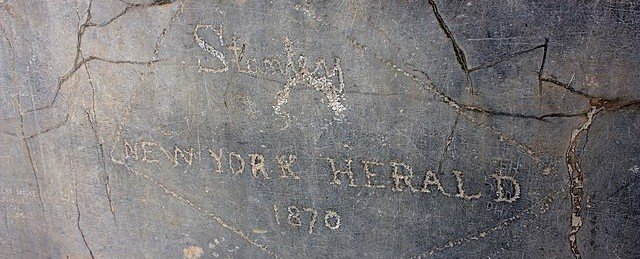
adult learning theory
corpus christi tx
free printable grocery coupons
groupon atlanta
pancreatic cancer symptoms

Jim W. Dean was an active editor on VT from 2010-2022. He was involved in operations, development, and writing, plus an active schedule of TV and radio interviews.
ATTENTION READERS
We See The World From All Sides and Want YOU To Be Fully InformedIn fact, intentional disinformation is a disgraceful scourge in media today. So to assuage any possible errant incorrect information posted herein, we strongly encourage you to seek corroboration from other non-VT sources before forming an educated opinion.
About VT - Policies & Disclosures - Comment Policy

